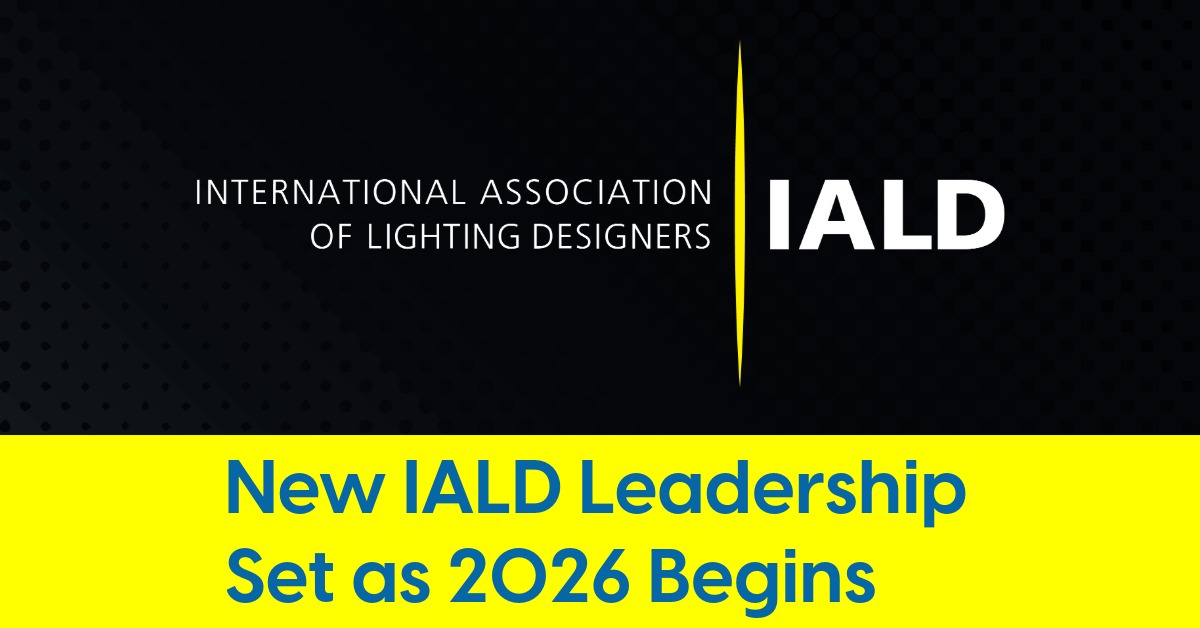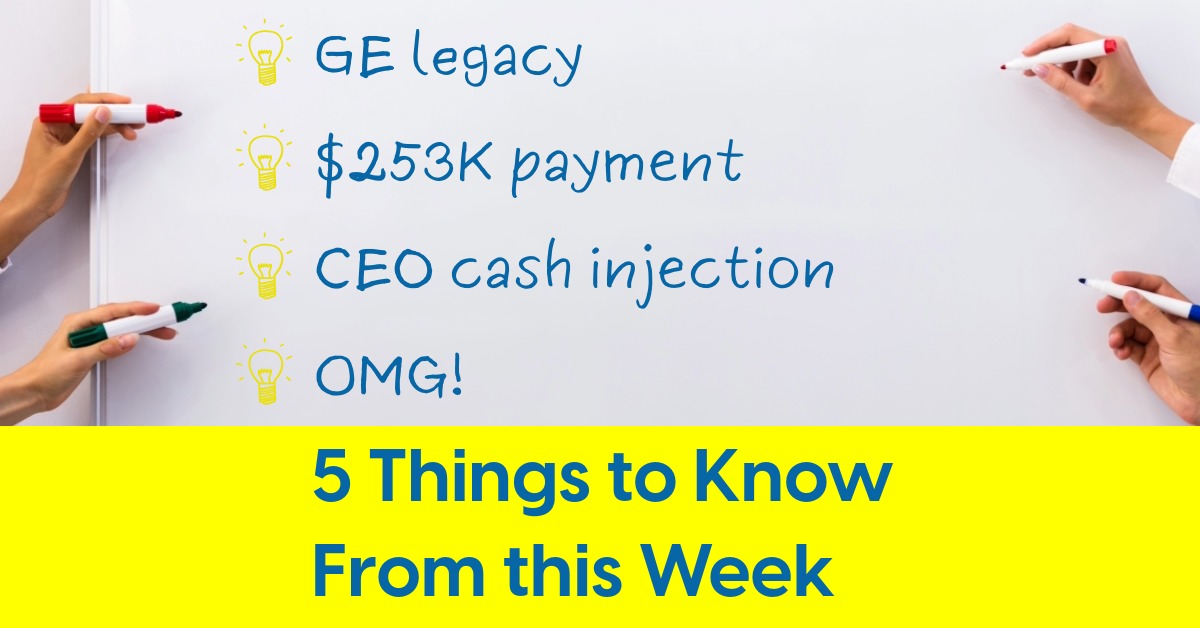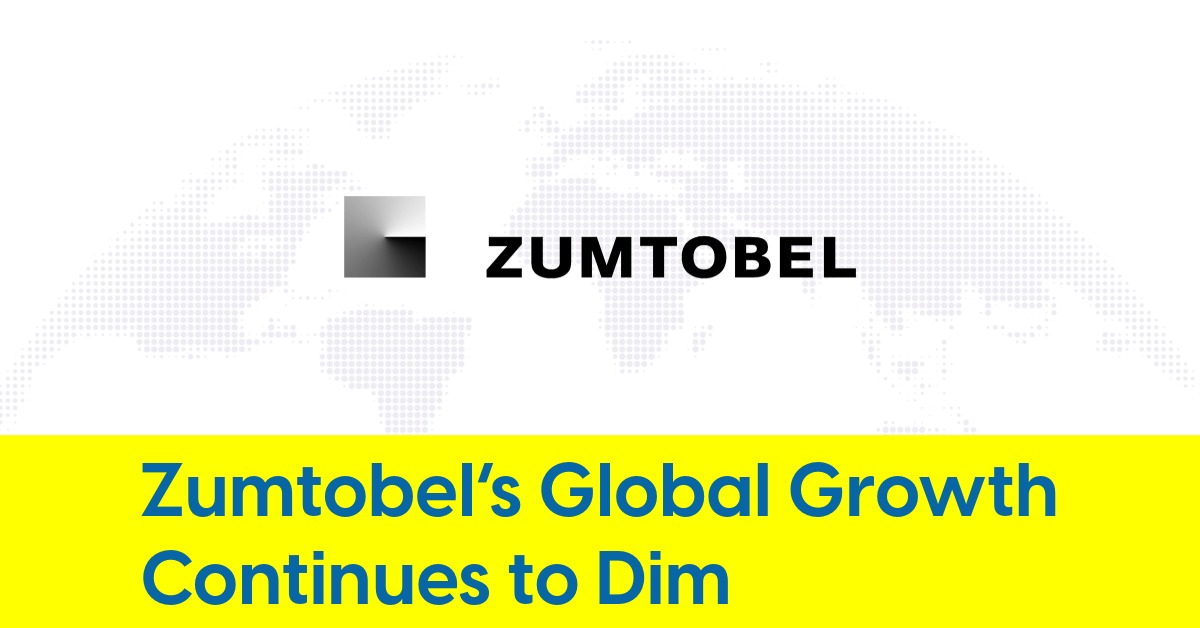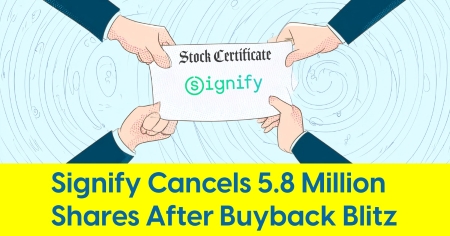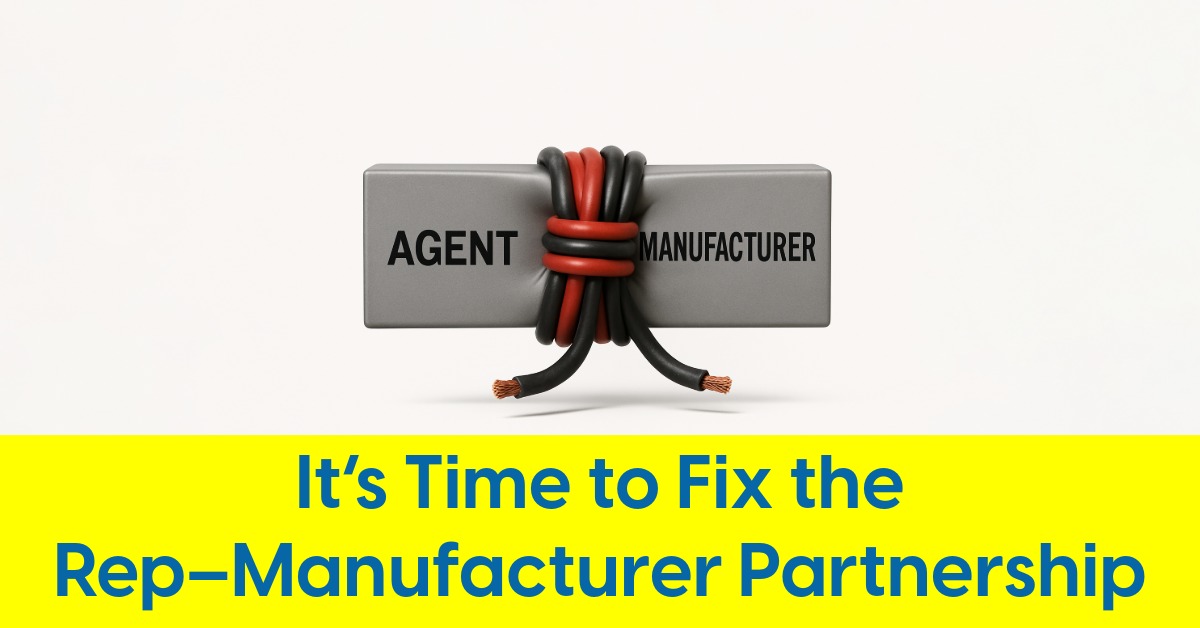November 19, 2025
The Lighting Industry’s Last Consolidation Wave
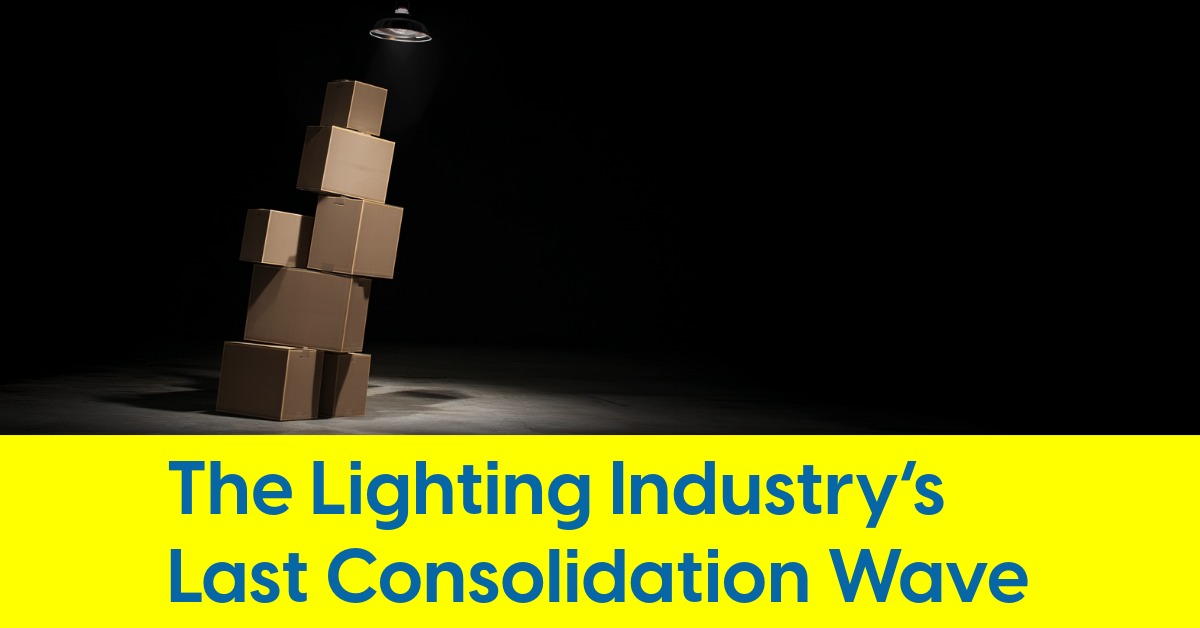
Guest author: Geoff Marlow
What Will Separate the Survivors from the Stranded?
How today’s M&A frenzy masks tomorrow’s structural reckoning
Consolidation is not strategy. It’s gravity.
Like water finding its level, capital flows toward scale, particularly when private equity firms sit on record dry powder and interest rates finally stabilize after years of turbulence. The rebound we’re witnessing in 2024, with private equity deal volume up 22% and total announced M&A reaching $1.7 trillion globally, feels like vindication for those who’ve been waiting to deploy capital.
But here’s what the dealmakers celebrating in conference rooms from Manhattan to Menlo Park may be missing: this isn’t the beginning of lighting’s next growth chapter. It’s the industry’s final act of traditional consolidation before an entirely different game begins.
The script is familiar: aggregate, integrate, synergize. Yet this time, the ending will be different. The survivors of this last consolidation wave won’t be those with the biggest balance sheets or the most aggressive roll-up strategies. They’ll be the companies that understand consolidation is merely table stakes. The real differentiation lies in what comes after the deals close.

The Forces Behind the Final Wave
The lighting industry entered 2024 with momentum that belied its underlying challenges. The global LED lighting market is projected to grow from $104.93 billion in 2025 to $137.98 billion by 2030, but these numbers obscure a complex reality. The forces driving consolidation aren’t about capturing growth. They’re about surviving transition.
Samsung’s withdrawal from LED production by 2030 signals that commodity components have become a race to the bottom. This creates cascading effects: customers scrambling for alternatives, supply chains reconstituting, and opportunistic acquirers capturing orphaned share.
Meanwhile, private equity has rediscovered lighting with a fresh thesis (and fresh wounds). American Industrial Partners’ acquisition of Current by GE, followed by Current’s purchase of Hubbell’s C&I lighting for $350 million, tells a cautionary tale. Combined revenues exceeded $1.1 billion post-merger, yet by 2023, sales had declined to $922 million. This isn’t just a stumble. It’s evidence that PE’s traditional playbook doesn’t translate to lighting’s complex ecosystem.
Yet acquisitions continue. Kingswood Capital’s moves (taking Progress Lighting and Kichler before merging them into Coleto Brands) suggest PE firms believe portfolio combinations work better than standalone plays.
The channel compression accelerating these moves is dramatic. With nearly 100 electrical distributors sold in three years and 11 from the Top 100 acquired in 2024 alone, the traditional multi-tier model is collapsing into something more direct, more digital, and far less forgiving of subscale players.
The Illusion of Scale
Here’s where the narrative gets dangerous. Scale without purpose is overhead with a marketing department.
Consider what’s happening at supposed industry leaders. Signify, once the gold standard, reported a 6.6% sales decline in 2024, with U.S. revenues down 5.3%. Signify's third quarter was the weakest since spinning off from Philips in 2016. Three different CEOs in 2024. Total shareholder return of negative 38.9%. This isn’t temporary turbulence. It’s what happens when companies abandon the local relationships and channel expertise that made them strong, chasing global scale instead.
Meanwhile, Acuity Brands shows a different path: despite a 2.8% sales decline, operating profit increased by $79.9 million through strategic focus, including intelligent-space solutions. This isn’t about getting bigger. It’s about getting smarter.
The rep agency consolidation tells its own cautionary tale. Manufacturers may push for super-regional agencies covering 15-20 states, but they’re not necessarily succeeding. The Achilles’ heel of these super-regional reps? Local relationships still matter. When a New England contractor can’t get a lighting rep on-site because that rep is covering everything from NY to Cincinnati, specification integrity collapses, and commodity suppliers fill the void. The manufacturers pushing hardest for consolidation are discovering that bigger territories don’t automatically mean better coverage. They often mean worse.

Survivors vs. the Stranded
The distinction between tomorrow’s survivors and the stranded isn’t about size. It’s about identity, execution, and understanding what truly matters to customers.
Survivors possess characteristics that transcend scale:
- First, they maintain crystal-clear market positioning with genuine value. This includes the independent manufacturers who refuse to compromise on quality, who innovate for specific applications, and who earn designers’ signatures project after project. Size isn’t their advantage. Expertise and reliability are. These companies understand that designers don’t specify products just to fill schedules; they select partners worthy of their professional reputation.
- Second, survivors recognize that relationships remain stubbornly local and personal in this industry. The most successful players (whether large or small) respect that specifications get written by local architects who know their local reps, projects get managed by regional contractors who trust their distributors, and problems get solved through on-site presence by people who understand both the products and the applications. The agencies and manufacturers that thrive maintain this human element regardless of their scale.
- Third, survivors invest ahead of the technology curve while maintaining their core competencies. Smart lighting integration with IoT and AI-powered sensors isn’t replacing traditional expertise. It’s amplifying it. But equally, there’s enduring value in manufacturers who perfect specific solutions, whether architectural fixtures that define spaces or controls that simplify complexity. Not everyone needs to be everything.
The Stranded share equally distinct characteristics:
- They confuse activity with progress, pursuing acquisitions without integration roadmaps or clear value propositions.
- They maintain zombie product lines that cannibalize their own offerings. They abandon what made them successful (whether specification influence, channel relationships, or product innovation) in pursuit of financial metrics that Wall Street understands but customers don’t value.
- Most tellingly, they forget that this is still a relationship business where trust, expertise, and performance matter more than corporate structure.
The Rep & Channel Reckoning
The independent rep model faces transformation, but not extinction. While manufacturers push for larger territories and fewer partners, there’s enduring value in the independent who knows what matters most to their customers and connects accordingly. Many manufacturers and customers still appreciate (and need) the intimacy, engagement, local nature, and specific intent that comes from reps committed to their customers and their applications.
Consider what designers actually do: they don’t go to school to match one brand to all projects. They develop projects with products that serve each application best, that are worthy of their signature, and from companies they know and trust. This fundamental truth protects the value of choice, expertise, and relationship-based specification.
The smartest reps are expanding their capabilities across CSI (Construction Specifications Institute) divisions rather than just geography. Forward-thinking lighting and controls reps won’t just cover Division 26 (Electrical). They’ll extend into Division 9 (Finishes), Division 23 (HVAC), Division 25 (Integrated Automation), Division 27 (Communications), and Division 28 (Electronic Safety and Security). This isn’t about becoming bigger. It’s about becoming more valuable to the same local customers who already trust them.
Think about it: the same architect specifying your decorative fixtures is selecting finishes. The same contractor installing your lighting controls handles building automation. By expanding capabilities across CSI divisions while maintaining local presence and deep product knowledge, smart reps create genuine value that no amount of consolidation can replicate.
The rep consolidation wave reflects three realities.
- First, succession planning failures mean family agencies are selling to competitors rather than transitioning to next-generation leadership.
- Second, manufacturers wrongly believe fewer, larger partners will be easier to manage.
- Third, the economics of coverage have shifted, but the winners will be those who balance efficiency with the local expertise and relationships that still drive this business.
What Comes After Consolidation?
The next five years won’t be about who owns what. They’ll be about who can orchestrate value across building systems.
Picture the building of 2030: Every fixture contains sensors generating occupancy, temperature, and air quality data. Controls systems integrate with HVAC, security, and energy management platforms. The lighting “supplier” who wins this project won’t just sell fixtures. They’ll guarantee outcomes like energy reduction, wellness scores, and carbon compliance.
This isn’t speculation; it’s already happening in Europe, where regulatory pressures and energy costs drive innovation. The EU’s push toward eliminating fluorescent lamps entirely creates not just replacement demand but transformation opportunities. North American manufacturers still thinking in terms of fixture sales will find themselves competing against integrated building technology platforms that happen to include illumination.
The parallels to HVAC controls markets are instructive. Twenty years ago, that industry faced similar consolidation pressures. The winners weren’t the companies that bought the most competitors. They were those like Johnson Controls and Honeywell that transformed from product suppliers to building intelligence platforms. Lighting will follow the same path, just compressed into half the timeline.
The Post-Consolidation Playbook
For CEOs, PE partners, and independent owners reading this, here are priorities for the next 24 months:
Know Who You Are and Why You Matter.
Whether you’re a global platform or a regional specialist, clarity of purpose beats scale every time. The market has room for both the large integrated solutions provider and the specialized manufacturer who owns their niche. What it won’t tolerate is companies that can’t articulate their unique value or that act with entitlement rather than earning their position through performance.
Respect the Local While Building Whatever Scale Makes Sense.
Technology can scale globally, but relationships and expertise remain local. If you’re consolidating, build systems that empower local expertise rather than trying to replace it. If you’re staying independent, double down on the relationships and specialization that differentiate you.
Expand Capabilities Strategically.
Growth should come from doing more for existing customers, not just reaching more customers. For reps, think CSI divisions. For manufacturers, think complementary technologies. For distributors, think value-added services. But always expand from a position of strength, not desperation.
Learn from Both PE’s Failures and Successes.
Current’s struggles after combining with Hubbell Lighting illustrate what happens when acquisitions focus primarily on financial synergies without fully understanding the nuanced channel dynamics, maintaining deep engagement with partners, or recognizing where the real value creation levers exist in this relationship-driven business. Conversely, Acuity’s targeted acquisitions in controls and smart building technology show consolidation can work when it enhances rather than replaces core capabilities.
Invest in Infrastructure That Strengthens Your Model.
Whether that’s digital tools that make your reps more effective, training that deepens your expertise, or systems that improve your service, invest in what amplifies your strengths rather than chasing someone else’s strategy.
Prepare for Market Evolution, Not Revolution.
European-style efficiency mandates, embodied carbon requirements, and wellness standards are coming to North America. But so is the continued demand for quality lighting that enhances spaces and serves specific applications. Position yourself for both.
The paths forward are multiple: the focused independent who dominates their niche, the regional powerhouse who owns their geography, the technology leader who defines new categories, or yes, the scaled platform that provides integrated solutions. Success won’t come from choosing the “right” model but from executing your chosen model with excellence.
At Marlow Advisory Group, we’ve guided manufacturers through previous industry transformations, from incandescent to fluorescent, from magnetic to electronic ballasts, from HID to LED. This consolidation wave is different not in its intensity but in its finality. There won’t be another technology transition to reset competitive dynamics. The landscape emerging from the next 24 months will shape the industry’s structure for years to come.
Yet within this consolidation, there remains space for those who understand what truly matters: the independent manufacturer who maintains exceptional quality and innovation; the local rep who knows every contractor, engineer, and architect in their market; the distributor who provides real value beyond logistics. These players (focused, committed, and deeply connected to their customers) will continue to thrive alongside whatever giants emerge from the M&A frenzy.
The choice is clear: evolve thoughtfully while maintaining what makes you valuable, or risk becoming another forgotten brand in a struggling private equity portfolio. Consolidation may be gravity, but strategy (real strategy) is choosing how you land and whom you serve once you do.
Geoffrey Marlow
Geoff Marlow brings over 30 years of unparalleled experience and achievement to the industry, solidifying his reputation as a principled leader and innovative strategist. He has held senior-most executive roles across mid-sized specialty manufacturers, multi-billion-dollar manufacturing enterprises, and as an entrepreneurial start-up manufacturer's representative within a top 10 construction market. Most notably, Geoff led his start-up representative agency to unprecedented success, growing it into the largest agency in its market within just five years.


